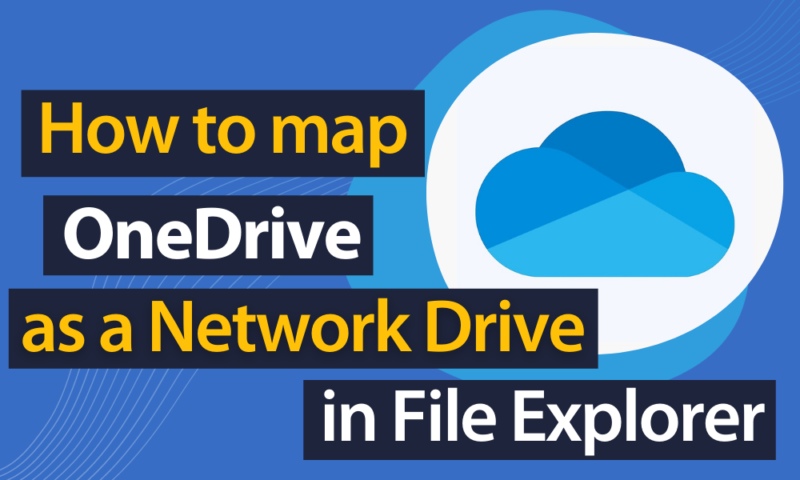How to Map OneDrive as a Network Drive in File Explorer in 2024
When Microsoft introduced Windows 8.x version, they included a feature called ‘placeholder’ in its OneDrive app. A placeholder is like a small dummy file on the local drive which represents a file present in the OneDrive cloud. Learn how bring it back in Windows 10.
It’s been months since Windows 10 was first introduced by Microsoft and with its direct upgrade option; a lot of people have switched from the annoying Windows 8.1 to 10 (Including me). In fact, about 75 million users have already upgraded their system to Windows 10.
With the new operating system came a lot of enhancements and changes. Microsoft is basically either eliminating features that it feels aren’t working or pushing them in a completely different direction.
I downloaded Windows 10 a few weeks back when I was writing a review for OneDrive. And that is why, the first change which I noticed in the operating system was the OneDrive app. Microsoft has completely removed the OneDrive app and integrated it well deep into the operating system. This means OneDrive is now sort of like a background app. You might not be able to see it but it’s definitely there.
Whenever you try to save a file, you would get an option to save it either on your hard drive or OneDrive but with no specific interface for OneDrive, things could definitely get confusing.
The Major Placeholder Change
When Microsoft introduced Windows 8.x version, they included a feature called ‘placeholder’ in its OneDrive app. A placeholder is like a small dummy file on the local drive which represents a file present in the OneDrive cloud.
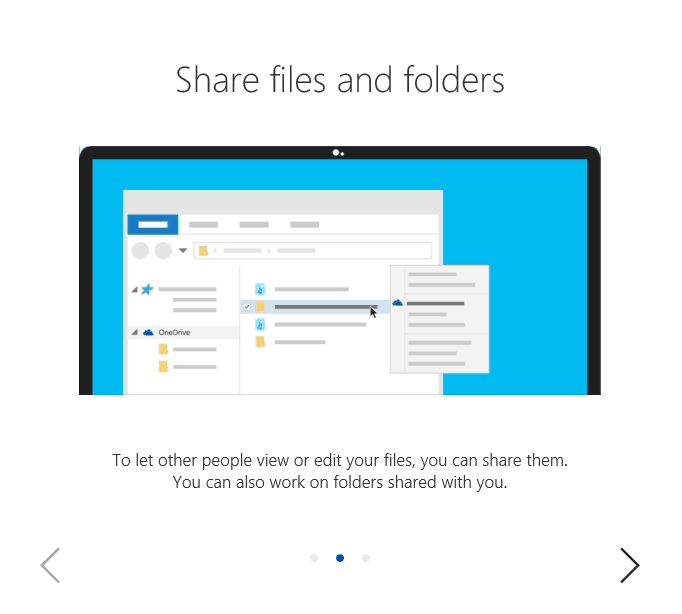
Placeholder files are generally very small in size and they only contain a thumbnail and metadata information about the main file stored in the cloud.
Using only a small fraction of the local storage, the placeholder file points to the original file. Because of these placeholders, it was easy to access thousands of gigabytes of data rapidly, without using much of the local drive. This was obviously a great benefit for devices which had limited storage.
Why Microsoft Removed The Placeholder Feature
The placeholder feature created a problem for Microsoft because a lot of users didn’t exactly know that the placeholder files weren’t exactly actual files. Since placeholder files were just thumbnails, users had to double click on them to start downloading the original file, which could be opened in the corresponding application.
And therefore, the files weren’t made available offline to the users, unless they wanted it to be. As a result, files couldn’t be opened if users didn’t have an Internet connection.
To resolve this problem, Microsoft removed placeholders entirely and introduced selective sync in Windows 10. Selective sync lets the user choose whatever folders they want to sync locally and makes them available offline.
But this means if you sync 5GB of data then the entire 50GB is stored on your local drive, which defeats the purpose of having a cloud storage option in the first place. If I really had 50GB of extra space on my local drive, then why would I upload it on to the cloud?
How to Get Rid of This Problem
Now, you cannot really defy Microsoft and bring back the placeholder feature on Windows 10, but there is a way to create the same functionality by mapping OneDrive on to a local drive. Mapping OneDrive content to your computer will let you browse all your files instantly without any annoying syncing process.
This works a lot like the placeholder feature and you can rename, create or delete files. But since these are placeholder files, you have to remember that they are not made available offline and they have to be download.
Just to be clear, this tip works for both Windows 7 and Windows 8, if you have 8.1 then you need to skip this and not worry about anything.
Here is What You Need to Do:
- 1: Visit OneDrive’s web app, sign into it and then click on the Files tab present on the left side of the screen
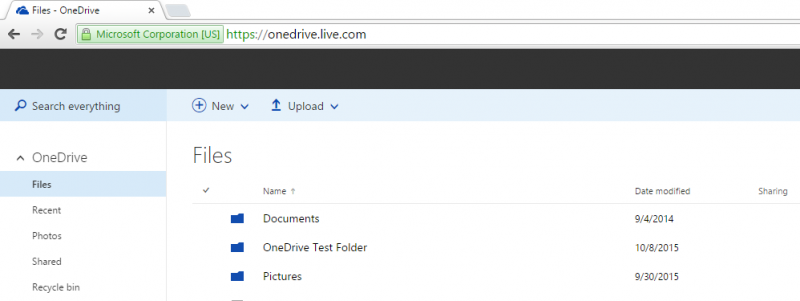
- 2:Check the URL on your browser. You should be able to see a CID number on the right of the URL. Either keep your browser open or copy paste this CID number on a notepad somewhere
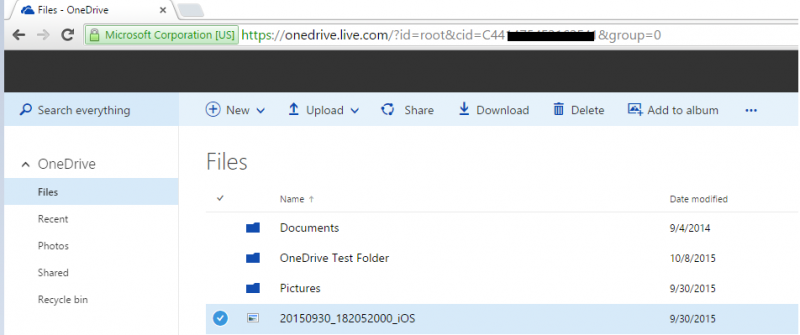
- 3: Open you File Explorer now, or in the language of Windows 7 – the Windows Explorer.
- 4: Now, move over to ‘The PC’ view. If you are using an older version of the OS, then it would be called ‘Computer’
- 5: When you are on the PC view, you should be able to see the option of ‘Map Network Drive’ on the top side of the screen

- 6: Click on the ‘Map Network Drive’ option and you should see a new window open
- 7: Select any one of the drives that you are not using right now. (May be your lucky alphabet?)
- 8: In the folder field, give this path: https://d.docs.live.net/YOUR-CID-NUMBER
YOUR-CID-NUMBER is where you should place the CID number you previously copied from the OneDrive Web App
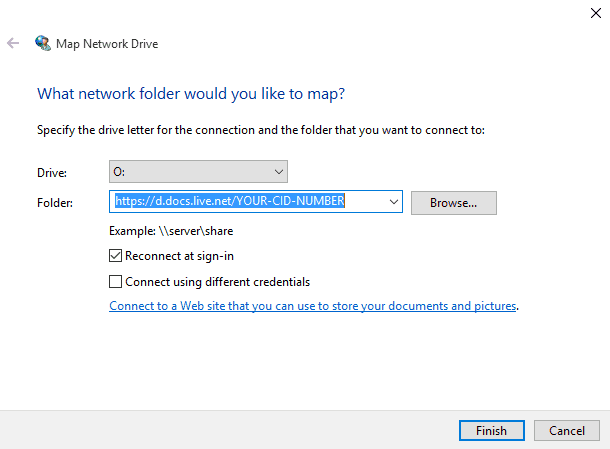
- 9: Check mark the ‘reconnect at sign in’ option
- 10: Click on Finish and you should be prompted to enter your OneDrive credentials, which are your Microsoft username and password.
In case you have added a two-step verification to an account, you would first need to create an app password on Microsoft Account website and change the security settings
Once you sign in, you should be able to see a new drive in File Explorer, the name of the drive would match with your CID number. If you don’t like seeing that confusing number, you can always rename it to something else like, ‘Microsoft, you’re an idiot’
Conclusion
And now, you are all set to access files in OneDrive folder like you normally did. It can be a bit slower, if not better. You can copy or move file to this drive and of course, access OneDrive directly from other apps as well.
I am still new to Windows 10 and every day, I discover something I don’t like in this version. Though there are some third-party solutions to this placeholder problem, I feel this solution is probably the most convenient one. If you find a better solution, do let me know.
